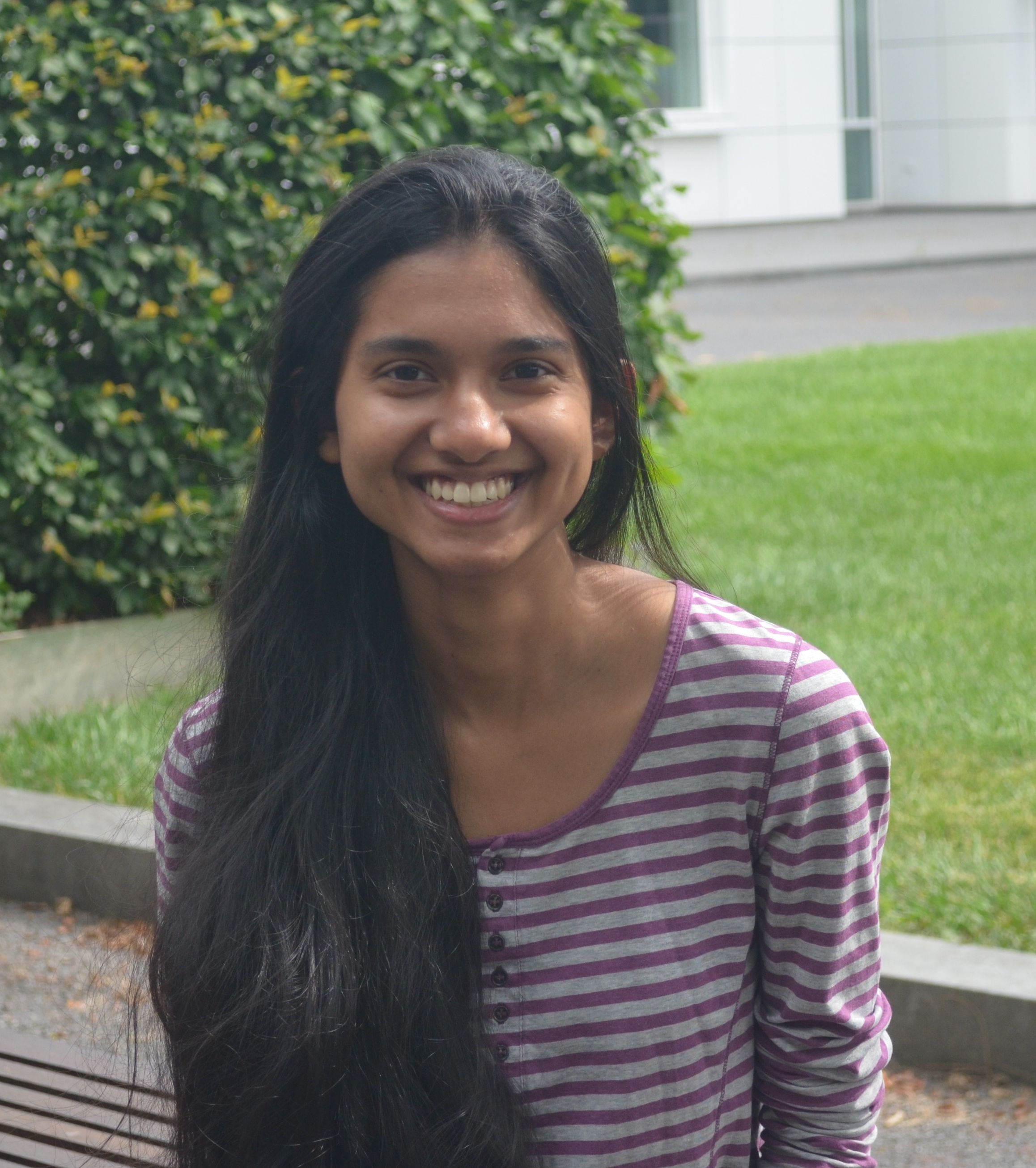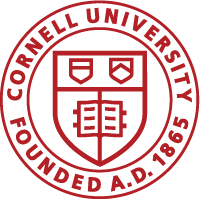In collaboration with the Cosgrove Lab, the proposed research will utilize novel OCE methods for 3D mechanical microscopy to investigate the role of local mechanical properties of individual stem cell microenvironments in intact tissue explants and engineered biomaterial niches.
Jan 2018: Nikki and Rishee’s paper published in Optics Express!
Nikki’s and Rishee’s paper on the ‘OCT version’ of Ashkin’s seminal radiation pressure experiment is now published in Optics Express.
Depth-resolved measurement of optical radiation-pressure forces with OCT may find applications in the characterization of optical tractor beams over extended depth ranges, or volumetric optical manipulation and interrogation of beads in viscoelastic media.
Dec 2017: Prof. Adie wins NSF CAREER Award
Entitled “CAREER: Hybrid adaptive optics: a new paradigm for faster, deeper, volumetric microscopy in scattering media”, this was awarded through the NSF BIOPHOTONICS, IMAGING & SENSING programs. Further information can be found on the NSF website.
Dec 2017: The group welcomes new PhD student Raisa Rasul
Rai sa B. Rasul is a PhD student in the Biomedical Engineering Department. She obtained her B.S. in Biomedical Engineering with a minor in Nanotechnology from the University of Arkansas. Her research in the group is focused on the use of optical elastography to study cancer and stem cell mechanobiology.
sa B. Rasul is a PhD student in the Biomedical Engineering Department. She obtained her B.S. in Biomedical Engineering with a minor in Nanotechnology from the University of Arkansas. Her research in the group is focused on the use of optical elastography to study cancer and stem cell mechanobiology.
Dec 2017: Jeff’s book chapter now ‘In Press’
J.A. Mulligan, F. Bordeleau, C.A. Reinhart-King and S.G. Adie, “Traction Force Microscopy for Non-Invasive Imaging of Cell Forces”, In Biomechanics in Oncology, Editors: C. Dong, N. Kuhn, and K. Konstantopoulos, Springer, In press.
August 2017: The group welcomes new postdoc Mike Lamont
Mike is the first postdoc to join our group. He received his B.Sc. from the University of British Columbia, his M.Sc. from Simon Fraser University, and his Ph.D. from the University of Sydney, all in physics with a strong optics focus. Mike won a Canadian NSERC Postdoctoral Fellowship award, which he took to the Institute of Quantum Science and Technology at the University of Calgary, and a Kavli Institute at Cornell Postdoctoral Fellowship to work with Cornell’s AEP and ECE departments. His academic research spans a variety of optical phenomena including medical imaging, nonlinear photonics, and quantum entanglement. This research resulted in over 80 journal and conference publications, with 2800+ citations. He also brings with him years of experience in industry, working with companies in telecommunication optics, scientific instrumentation, and project management consultation and software.
July 2017: NIH grant awarded for the development of ‘hybrid adaptive optics’
We have been awarded a grant through the NIH BRAIN Initiative to integrate hardware and computational adaptive optics for imaging deeper into the living mouse brain.
This research will be conducted in collaboration with the Xu Lab (Cornell, Applied and Engineering Physics). Through enhanced aberration sensing and correction, we hope to enable the imaging of neural activity well into the hippocampus, potentially reaching the dentate gyrus layers (> 1.5 mm) where newly generated neurons are continuously being incorporated into networks.
June 2017: Summer kayaking adventure
Our annual kayaking adventure on Cayuga Lake (Myers Park), followed by a BBQ dinner…a good opportunity to have some fun (this time outside of the lab)!
Feb 2017: Jeff’s paper published in Biomedical Optics Express!
We have developed a new OCT-based technique for 3D traction force microscopy (TFM), in collaboration with the Reinhart-King group. The paper can be found here: https://doi.org/10.1364/BOE.8.001152.



